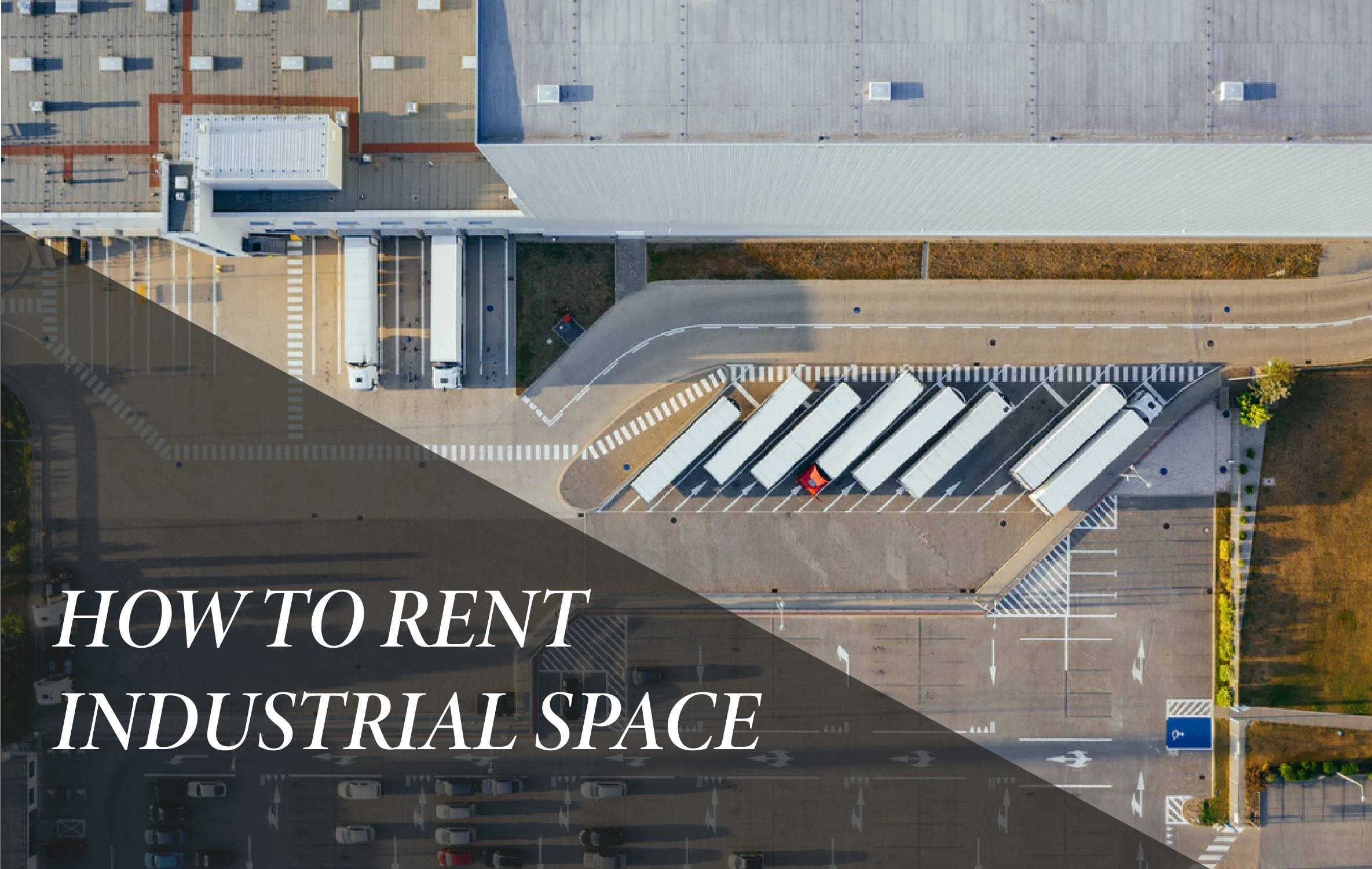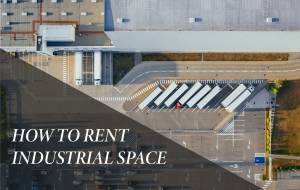
How to Rent Industrial Space?
Published At: Thu, 03/25/2021 - 01:04
Those who already have their own production are likely to easily determine what their renting commercial real estate requirements are. But many business owners are just starting to expand their operations and want to rent a larger space to store more inventory or to manufacture products for orders they predict to have in the near future. If you are one of such business owners, this article is the right place to get some helpful information!
This article will help you decide what the key parameters are for selecting an industrial space. It doesn’t matter if you’re just starting your journey or expanding your business operations. This article will cover what and where you should look for and, generally, how to choose a perfect industrial space suitable for your needs.
Step 1: Determine Individual Industrial Space Needs
Industrial space is a general property, which can fall under these three types:
- Warehouse space
- Manufacturing space
- A mixed type of both warehouse and manufacturing property
Now, let's understand what kind of purpose each of the above-mentioned types has.
Awarehouseis a space mainly used to store and distribute products. It may require specific equipment for shipping, like sorting, packaging, labeling, etc.
Manufacturing space is the place where the production is taking place. It can have a special construction type, floors or ceilings corresponding to certain standards, high-volume power sources, or special zoning for the equipment and machinery you need to run.
A mixed type of warehouse and manufacturing space is the combination of the two types of spaces, where you can have both a warehouse and a place for the production process.
After defining these three subtypes of industrial space, you need to understand which one you need: whether you need a space for storing your products, manufacturing them, or need a mixed-use property to combine the two processes.
Step 2: Estimate Your Budget
Consider the cost of renting an industrial space as one of the most important and expensive factors in your production’s budget. Industrial space rental prices can vary broadly depending on location, additional fees, expenses, technology, zoning, etc. All of these factors can make the budgeting process a bit tricky.
The base rent is the monthly or annual payment for renting a warehouse or manufacturing space. And the larger the space, the larger the base rent will be. Determining a clear budget at this stage helps you filter through availabilities by limiting your searches to your budget maximum.
It is also important to pay attention to the cubic square footage of the industrial space. It includes not only the length and width of the space but also the ceiling height. Be sure that the ceiling has the necessary height special equipment and machinery that you’ll use there. Note that this feature also affects the cost of renting an industrial space!
Step 3: Choose the Right Location
Once you have narrowed down the type of industrial space that fits your business’ needs, you can consider one of the common ways of searching a space: online searches. You can use the My Perfect Workplace website's databaseto find a property that meets your specific criteria.
Location is an essential component of an industrial space. Sometimes an operation will require things like the availability of freight or passenger transport, a seaport, a railway connection, or even an airport. Consider your employee's commutes, too, when choosing an industrial space location.
Step 4: Compare the Lease Terms
Before signing a contract and being legally bound to a property, make sure you dig deep into all the lease terms offered in your lease for your chosen property. After finding the perfect industrial space, you can request its owner to provide you with a copy of the lease so you can explore the details in advance.
Commercial leases may include the following terms:
- Total monthly rent and rent per square foot of the property
- Payment schedule
- Insurance, taxes, utility payments
- Agreement on who pays for repairs and improvements, etc.
For your consideration, there are two main categories of commercial leases: gross and net
A Gross lease is when the renter pays a higher rent, including taxes, insurance, utility payments, etc.
The net lease is when the renter pays the base rent or takes responsibility for only a portion of all the taxes, insurance, utilities, etc., associated with his property use. >
You can hire a commercial real estate attorney to help you understand a lease agreement and figure out what kind of terms would work best for you.
Step 5: Check the security and safety standards
The space you are going to rent needs to comply with all federal and state safety standards, which may vary depending on the type of your business. You may also need to negotiate with the landlord on the security system or opt to install your own. This step is important to ensure the safety of your employees and the renting space.
Ensure that any industrial space that you’re considering has the proper heating, ventilation, and air conditioning systems. This is also negotiable with the landlord; however, be sure to make everything clear about the HVAC system before signing a lease.
Of course, based on your business needs, you might need to tend to other considerations. However, these five steps are the backbone of the renting decision-making.
Once you define your needs and identify the available resources to meet them, the next crucial decision is where to search for space. My Perfect Workplace is a platform that is designed to support business owners on space renting for short or long-terms. The platform also welcomes landlords who have industrial space for rent to advertise.


